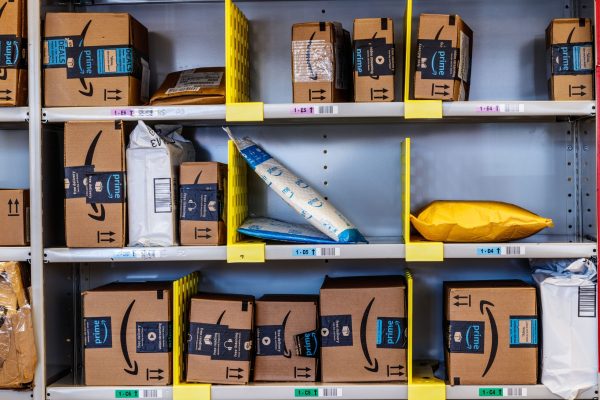It’s an undeniable fact that online shopping is on the rise around the world, with more and more customers heading to webshops for both their daily and non-essential items. Statista reported that an estimated 1.8 billion people worldwide purchased goods online last year, with global e-retail sales totalling $2.8 trillion. The evidence is clear: global shopping habits are changing.
However, with the unstoppable growth in online shopping comes an aggressive spike in customer returns. Whether it’s because the product didn’t match the description, the customer received the wrong item, the goods were damaged, or the purchase is simply unwanted, returns seriously cut into retailer profits. The best way to minimise costly returns is prevention.
Create a smart returns policy
Start with your returns policy, but don’t be tempted to create an overly strict, unforgiving set of rules that might cut down on the volume of returns but drive customers away. On the other hand, a very liberal ecommerce policy may give your customers peace of mind, but you will end up having to deal with a severe increase in returns.
Be sensible and craft a smart returns policy based on industry standards and actual return rates. Most often, customers just need a clear, visible and fair returns policy. However, make sure your returns policy is in perfect alignment with the law: a study by MoneySavingExpert.com found that the policies of 13 major stores were giving shoppers wrong (and, therefore, illegal) information about their return rights.
The next thing to look at would be the visuals on your webshop. For commercial success, there is a need to make products appear as attractive as possible, but make sure this is done in a realistic way. Given that a large proportion of product returns are down to inaccurate depictions, it’s in retailers’ best interests to include high-quality visuals to manage consumer expectations and avoid unnecessary returns. Consider 360-degree product views and, if it suits your brand, Instagram marketing – these will improve sales.
The importance of customer feedback
Another way to manage customer expectations is to incorporate customer reviews on your site. These can motivate buyers and empower them to make better, well-informed decisions, which in turn lead to greater customer satisfaction. The reviews can also help shoppers avoid a purchase they would ultimately be unhappy with due to a characteristic not covered by the product description. Think about adding extra functionality to customer reviews such as pictures and video; a recent study found that 86% of clothes shoppers think that photos of other customers wearing the product were useful in judging how it might look on themselves.
So far, the advice has been related to the pre-purchase phase. Returns can also be reduced by improving the aftersales process. Excellent customer service helps avoid unnecessary returns by resolving a customer’s problem with dedicated support. The customer may discover that there is no need to return the product after all; they may be mistaken in their belief that it’s defective, or they may be happy to keep the goods along with a complementary gift (which would cost less than an exchange for the retailer). Customer service is an ideal way to understand what your customer needs and to influence them to work with you.
Outsource fulfilment to experts
One of the major reasons why shoppers return products is because they were sent the wrong item, while goods being damaged in transit is also a common complaint. Many ecommerce companies find that, as they grow, their fulfilment operation proves to be inadequate under increasing pressure. Picking and packing mistakes and shipment errors become more frequent, as do unhappy customers.
You can avoid this by outsourcing your fulfilment to a specialist provider. Doing so will save you time and money: operating in their own area of expertise, the partner organisation will be able to do things much more efficiently and to a higher standard, freeing you up to focus on business growth and take advantage of increased customer sales.
Sprint Logistics is a global logistics company providing worldwide fulfilment services, distribution, storage, mass mailing and supply chain management. We understand that each business has different needs, which is why we offer a consultative approach; listening, analysing and giving bespoke ecommerce solutions.
Contact Sprint Logistics to discuss your fulfilment needs and see how we can help you achieve your global goals.




